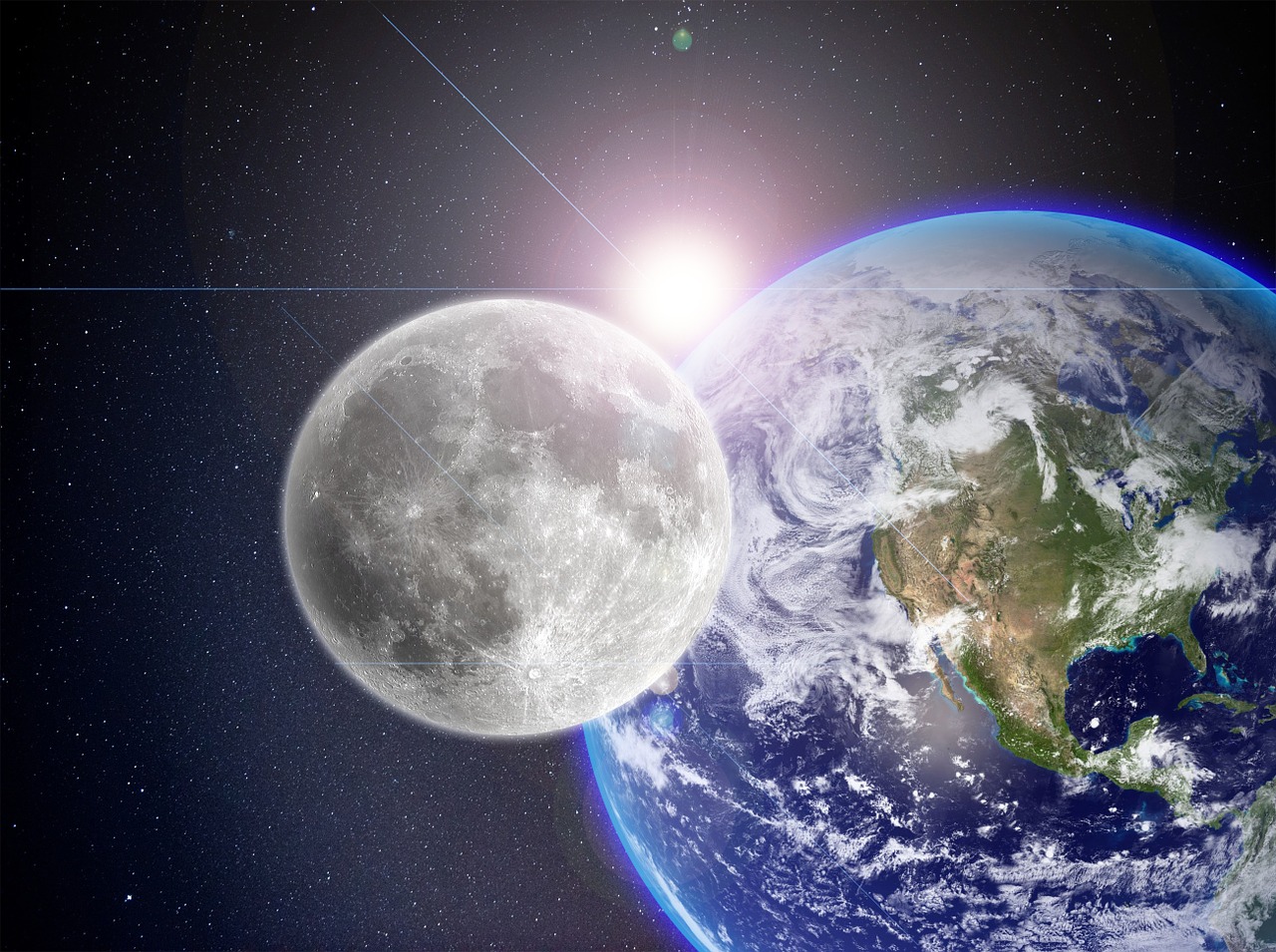Since the beginning of time, humanity has been fascinated by the moon. It’s the nearest planetary neighbor and the only other planet that mankind has set foot on. However, the moon is far more complex than it first appears. The moon’s orbit around the Earth is the subject of these fascinating facts.
- It Takes About a Month for the Moon to Orbit the Earth
The moon takes around 27.3 days to complete a full orbit around the Earth, which is one of the most fundamental facts regarding its orbit. This time frame is referred to as a sidereal month. The moon takes a little longer (approximately 29.5 days) to return to the same phase (full moon to full moon) because the Earth is moving in its orbit around the sun. We refer to this time frame as a synodic month.
- The Moon’s Orbit is not Perfectly Circular
The moon’s orbit is an ellipse rather than a perfect circle around the Earth. This indicates that as the moon circles the Earth, its distance from the planet fluctuates. Apogee is the farthest point in the moon’s orbit from Earth, while perigee is the closest point. The lunar distance to Earth is approximately 238,855 miles (384,400 kilometers) on average.
- The Moon’s Orbit is Tilted
The moon’s orbit is slightly off-kilter with respect to Earth’s orbit around the sun by about 5 degrees. For this reason, there isn’t a lunar eclipse every full moon and a solar eclipse every new moon.
- The Moon’s Orbit is Gradually Moving Away from Earth
The moon is progressively spiraling away from Earth at a pace of 1.5 inches (3.8 cm) each year on average due to tidal friction with the oceans. This process is known as tidal acceleration.
- The Moon’s Orbit Affects Earth’s Tides
The Earth’s oceans jut outward toward the moon due to the moon’s gravitational pull. The Earth’s rotation and bulging effect are what generate the high and low tides on our planet.
- The Same Side of the Moon Always Faces Earth
A phenomenon known as synchronous rotation, or tidal locking, occurs when the moon rotates on its axis at the same speed as it orbits the Earth. This indicates that the near side of the moon is the side that we constantly see from Earth. The far side—often mistakenly referred to as the “dark side”—is never seen from Earth.
In summary, the moon’s orbit around the Earth is a complicated dance that has an impact on life on our planet in a variety of ways, including regulating the axial tilt of our planet, which helps to maintain our climate, and influencing our tides. Both scientists and laypeople find this to be an intriguing issue that keeps coming up.
Sources
- NASA: Moon: In Depth
- NASA: What’s a Micro Moon?
- NASA: How Far Away is the Moon?
- EarthSky: Closest and farthest moons in 2021
- NASA: Earth’s Moon Overview
- The Planetary Society: Why don’t we have a lunar eclipse every month?
- NASA: Lunar Eclipses and Solar Eclipses
- NASA: Moon Fact Sheet
- NOAA: What is the moon’s role in causing Earth’s tides?
- NASA: Ocean Motion: Impact – Tidal Variations
- NOAA: What causes tides?
- NASA: Synchronous Rotation
- NASA: The Moon: Dark Side vs. Far Side
![]()
